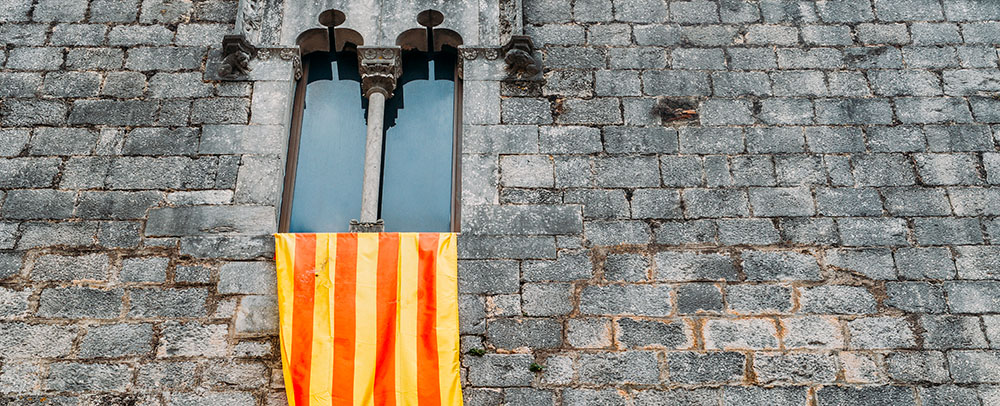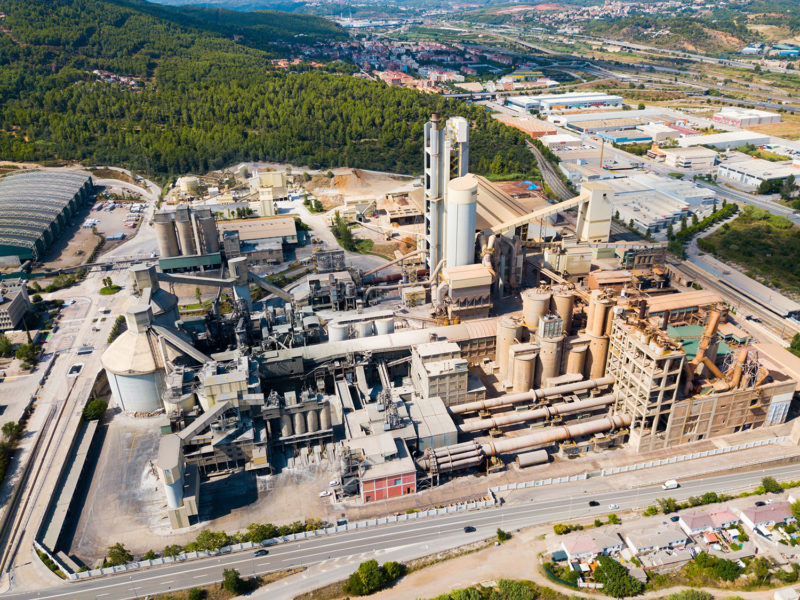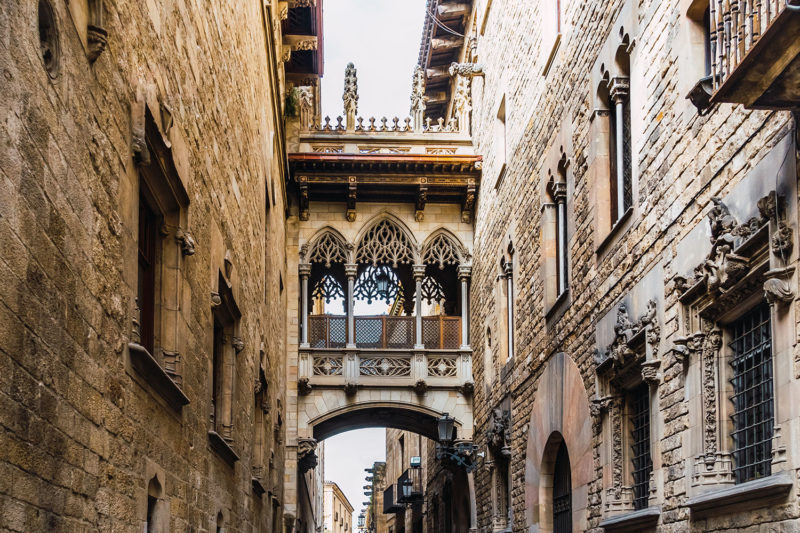

Who won with the events of 11 September 1714?
And the next day, nothing was ever the same again. The Catalan state disappeared ‘ipso facto’ with the abolition of the Generalitat, the municipal dismemberment and the annulment of the Catalan constitutions following the loss of the War of Succession (1701 -1714). After this, the only administration that remained active in Catalonia was the army of occupation, which, by maintaining some 25,000 permanent soldiers within the Principality, consolidated the Bourbon objective by means of harsh repression that would last until the mid-18th century. But not everyone faired badly…
Oriol Garcia Farré, historian and agent 11Onze
As a result of the victory, the elite of the Bourbon army was permanently installed in Catalonia: the Royal Castilian Guards and the Royal Walloon Guards, reinforced by other special military occupation contingents. The total number of troops deployed throughout Catalonia was 47% of the total for the rest of the Iberian Peninsula. And if we add those deployed in the rest of the territories of the Catalan Countries – Valencia, Majorca and Aragon – the figure rises to 65%. A full-blown invasion.
The drafting of the Nueva Planta Decree would turn Catalonia into just another province of a new centralised monarchy that would rule over the entire Iberian Peninsula without legal differences. Thus, the dream of a Hispanic monarchy based on the existence of different kingdoms and cultural realities on the peninsula would crumble, but it would not disappear. From then on, there would only be a single Cortes, those of Castile, which would represent the whole of the peninsular territories, but would focus on a new political construction structured around identifying Castile with the new state.
Eighteenth-century Catalonia would be a territory governed solely by the military. The supreme head of the administration of Catalonia would be the Captain General. Territorial administration – the ‘corregimientos’ – would be in the hands of the ‘corregidores’, who would always be military men. Public order – in the first instance – would always be in the hands of the army and the famous “Veciana Squads”. This institution was founded in 1719 by Pere Anton Veciana Rabassa, a deserter from the Austracist cause who in early 1713 decided to place himself at the service of the Bourbon king and create a paramilitary and police organisation that would work at the service of the Captain General -Francisco Pío de Saboya y Moura-, with the mission of continuing to repress internal Bourbon resistance.
Veciana would set up a system of criminal files – known as ‘summary files’ – which would enable the corps to systematise police information. He also created a network of informers throughout the territory and organised the first agents to infiltrate the resistance. In 1735, Veciana had to resign his post for reasons of age, and it was then that the Captain General transferred the responsibilities of the corps to his son, Pere Màrtir Veciana. From then on, the command of the corps would be inherited by the Veciana family for five generations, until 1836.

“Pere Anton Veciana y Rabassa, a deserter from the Austracist cause who at the beginning of 1713 decided to place himself at the service of the Bourbon king and create a paramilitary and police organisation that would work at the service of the Captain General -Francisco Pío de Saboya y Moura-“.
Repression and state terrorism
For eleven years, Catalonia was subjected to harsh military repression, which lasted until 1725, when, through the Treaty of Vienna between the representatives of Philip V of Castile and Charles VI of Austria, the two sides mutually recognised each other’s succession rights and put an end to the dynastic dispute.
And what happened to the supporters who fought in favour of the Archduke of Austria’s choice? During the war, as the Bourbon armies occupied the Principality, a kind of ‘military terrorism’ was applied, which consisted of persecuting the local population, regardless of the degree of connection they had had with the Austracist cause, with the aim of undermining morale. After the fall of Barcelona, the main military commanders who had not been able to flee to Austria – such as Antoni de Villarroel – were indiscriminately persecuted and sent to prisons scattered around the Iberian Peninsula. Most of them ended up dying without ever regaining their freedom, while others were sent to the galleys.
The long post-war period allowed the repression to continue against all the armed elements that were still fighting against the new legal system, such as the notorious ‘carrasclets’. But all those families whose members were in exile in Austria were also persecuted and forbidden from maintaining any correspondence. The losers of the war were to have their property seized and all their rights revoked. They would even be banned from taking part in all public tenders or applying for state aid.
The establishment of permanent contingents in Catalonia would lead to a significant increase in military demand due to the need to supply royal troops. According to the General Manuals of the Quartermaster’s Office of Catalonia – an institution created to manage the post-war period – between 1714 and 1735 a total of 271 ‘asientos’ or contracts directly related to the supply of materials to the army and navy are recorded: gunpowder, weapons, artillery trains, uniforms, food, ironwork for horses.
The ‘asientos’ were also used for the construction or supply of barracks, such as the Ciutadella, and to produce everything necessary for subsequent Bourbon military campaigns, such as those in Italy. And this supply would come about thanks to the existence of a considerable productive, commercial and financial structure that had remained unchanged despite the war, and which would be capable of solvently producing the ‘seats’ that the monarchy would need over the following decades.

“The losers of the war will have their property seized and all their rights annulled. They will even be banned from taking part in all public tenders or applying for state aid”.
Catalan collaborationism
So, the question to ask ourselves is clear: how was it possible to maintain a Catalan productive structure in the context of the war at the beginning of the 18th century? How was it possible to supply the Bourbon army during the invasion of Catalonia and the siege of Barcelona in a territory that was completely unknown to them? Well, with the help of local characters who supplied, lent or helped the Bourbon army of occupation with food, money and logistics throughout that turbulent period. They were a group of merchants who changed sides – just like Pere Anton de Veciana – in search of a more favourable personal situation and taking advantage of the circumstances to improve their social and economic position.
Names such as the Milans of Arenys, the Mates and Lapeira of Mataró or the Massiques of Vilassar and many others would be great family names that would establish their prestige throughout the 18th century for having obtained important privileges as thanks for the services rendered during the occupation of the Principality. Many of these “illustrious” figures would be placed in key institutions for the deployment and execution of the Nueva Planta Decree, because otherwise it would not have been possible.
The new regime would pass “a disinfectant cotton wool over Catalonia”, in order to subsequently build a new network of local loyalties that would consolidate it within the territory. This reason why they were placed at the head of key institutions, such as the General Treasury (Catalonia’s taxation), the General Intendancy (Catalonia’s supply and logistics), the Confiscations of Catalonia (seizure of property) and the Bureau de Change (communal bank), a minority but large sector of the Principality’s population who, for various reasons, sided with the Bourbon proposal. In this way, the monarchy combined the principle of authority, as represented by the laws deployed in the Nueva Planta Decree, with a large institutional bureaucracy and flexibility with certain local social sectors, mainly the master craftsmen and merchants, who had sufficient economic resources to boost the economy.
The self-interested attachment of these sectors of Catalan society to the new Bourbon State gave them access to new sources of income derived directly from the new policies of Bourbon absolutism. Loyalty would give them access to large public contracts, which would lead to widespread corruption at all levels of public administration.
Until the end of the 1740s, Catalonia underwent a painful period of adaptation to its new status as a defeated nation, always suspected of disaffection. From then on, economic policy decisions were no longer taken in Barcelona, but at the Bourbon Court, following criteria based on the dreams of grandeur of the new reigning monarchy, regardless of the needs of its subjects.
BASIC BIBLIOGRAPHY
Benet Oliva i Ricós: ‘Els proveïdors catalans de l’exèrcit borbònic durant el setge de Barcelona de 1713/1714’, Universitat de Barcelona, Barcelona, 2014.
David Ferré Gispets: Els efectes del “Contractor State” borbònic a la Catalunya d’inicis del segle XVIII, Universitat Autònoma de Barcelona, Bellaterra, 2019.
Josep Maria Delgado Ribas: ‘Barcelona i el model econòmic de l’absolutisme borbònic: un tret per la culata’, Barcelona Quaderns d’Història, 23 (2016), pàg. 225-242.
Josep Juan Vidal: ‘Les conseqüències de la guerra de Successió: nous imposts a la Corona d’Aragó, una penalització o un futur impuls per al creixement econòmic?’, Universitat de les Illes Balears, Palma de Mallorca, 2013.
Find out about the families that were enriched by the defeat of 1714 on 11Onze TV.





👌
Gràcies, Joan. Ens veiem per La Plaça!
Gràcies 11Onze!
Gràcies, Daniela. Seguim a La Plaça!
Marededéu Senyor!!!!😡😡😡😡
Espero que t’hagi agradat l’article, Santiago! Ens veiem per La Plaça.
Guau! Quina feinada! M’agradat molt l’article! Amb referencies històriques y documentació de primer nivell. Gràcies per la magistral classe d’història 👏👏👏👏👏
Gràcies, Jordi pel comentari i que t’hagi agradat. La cosa important és aportar coneixement lluny dels formalismes acadèmics. Seguim activament a La Plaça!
Un plaer llegir te Oriol!! Gràcies per compartir història i coneixement.
Moltes gràcies, Jacint per llegir-nos. Segur que amb 11Onze anirem fins al final. Seguim a La Plaça!
Quin article més enriquidor!
Grata en la part sempre fosca dels col·laboradors necessaris.
Felicitats per aquest article
Moltes gràcies, Francesc pel teu comentari. De vegades, cal treure la bena dels ulls per avançar cap endavant. Seguim a La Plaça!
Genial article Oriol!
Moltes gràcies, Laura. Celebrem que t’hagi agradat l’article. Seguim a La Plaça!
Hola! Merci per l article. Les esquadres de Veciana tenen alguna relació a amb els mosso d esquadra?
Correcte, Eloi. Les “Esquadres d’en Veciana” són els protoMossos d’Esquadra. Ens veiem per La Plaça!
Gràcies Oriol, 👌
Gràcies a tu, Carles per seguir-nos i llegir-nos. Ens veiem per La Plaça!
Excellent 🎩
Gràcies, James! Seguim a La Plaça!
Gràcies 11Onze, gràcies Oriol, per prendre-us seriosament la nostra història.
Un regal per a la vigília de l’ 11 de setembre. Vejam si aconseguim entre tots que s’acabi la comèdia.
Gràcies, Mercè pel comentari. La història sempre ens posa a lloc a tots! Esperem que acabi ben aviat tota aquesta comèdia. Seguim a La Plaça!